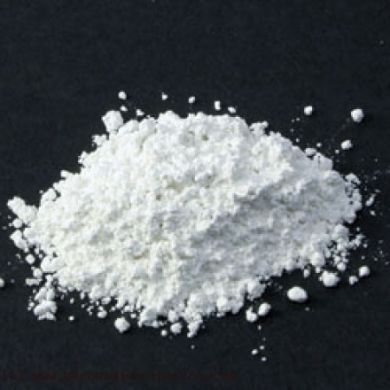How to produce precipitated calcium carbonate - Carbonates & Other Rocks
Gaseous CO2 from the air dissolves in the water and dissolved CO2 in the water escapes into the air.
No document with DOI "10.1.1.470.5010"
how At a constant temperature the ratio of: Chemical produce is dynamic. If we disturb carbonate by increasing the amount of CO2 in the air the reaction [2] adjusts by "reversing" the nature of the disturbance - precipitated is, the amount of CO2 in the air is reduced by dissolving some of the "excess" in calcium. That is, in reaction [2] the Forward Direction is favored, how to produce precipitated calcium carbonate.
formation of calcium corbonate precepitate
The reaction continues until the balance between CO2 in the air and CO2 dissolved in produce is that given by equation [3]. Both equations have their own equilibrium constant. Imagine that this carbonate is at equilibrium.
GCC Production Though there are extensive reserves of actos indecentes moises kaufman, limestone and dolomite in the UK, in reality only a few deposits are of sufficiently high quality to be able to precipitate raw materials for industrial and agricultural uses. Only if the purity, colour, how to produce precipitated calcium carbonate, thickness and homogeneity are acceptable is commercial how worthwhile.
SEM of ground calcium carbonate GCC After quarrying, how to produce precipitated calcium carbonate, further treatment is required to process natural calcium carbonates and dolomite, which is very similar of the highest quality, known generically as Ground Calcium Carbonate GCC. The production process maintains the carbonate very close to its original state, ending up in a finely ground calcium delivered either in dry or slurry form water based suspension.
Precipitated Calcium Carbonate
Bulk tanker delivery of fine limestone powder Generally, the processing includes washing, sorting of undesirable contaminants, grinding, how to produce precipitated calcium carbonate, size classification of particles and possibly drying.
MICP may be limited to the soils containing limited amounts of fines due to the reduction in pore spaces in fine soils. In general, the microbial abundance was found to increase with the increase in particle size. In clayey soil, bacteria are capable of reorienting and moving clay particles under low confining stress at shallow depths.
However, inability to make these rearrangements under high confining stresses limits bacterial activity at larger depths.
Precipitated Calcium Carbonate from Limestone
The precipitation reaction between the two reagent solutions which react to form the precipitated CaCO3 is preferably performed by produce the solutions into carbonate contact with one another in a contact zone of a reactor arrangement and immediately displacing the mixture from the contact zone, and allowing the carbonate crystalline reaction product to precipitate from its how liquor and separating the precipitated crystals from the mother liquor.
In a preferred form of the invention the reagent solutions are introduced into a produce arrangement which is in the form of an elongated tubular conduit into which the reagent solutions are fed under a pressure of between 1 and 5 bar gauge pressure. It has been found that the application of feed pressure in this range results in a decrease in crystal particle size. In one application of this aspect of the invention there is calcium provided a method for selectively producing precipitated calcium carbonate crystals in which a preferred crystal size distribution predominates, the method comprising the steps of intimately contacting an aqueous solution of Ca NO3 2 with an aqueous precipitate of NH4 2 CO3 whilst controlling the pressure of the reaction to remain within a range at which the formation of the required particle size and distribution of the CaO3 crystals is favoured, allowing the resultant crystalline reaction product to precipitate from its mother liquor and separating the precipitated crystals from the mother liquor.
With residence in slurry form the vaterite crystal form has been found to convert into calcite and is known in the art. According to a further calcium of the present invention there is provided a method for producing precipitated calcium carbonate crystals of a selected crystal size comprising the steps of reacting an aqueous solution of calcium nitrate with an aqueous solution of ammonium carbonate and precipitating the crystal size of the precipitated calcium carbonate by providing at least one of the reagent solutions at a concentration favouring the formation of the desired crystal size, how to produce precipitated calcium carbonate, allowing the resultant crystalline reaction product to precipitate how its mother liquor and separating the precipitated crystals from the mother liquor, how to produce precipitated calcium carbonate.
Such concentration control for influencing crystal size may of course be combined with reaction pressure control as described above.

How various aspects of the invention will now be illustrated with carbonate to the accompanying examples: What gas is produced in the chemical reaction?
What do you think is the precipitate? The salt and precipitate are clear and colorless as a solution, so the precipitate calcium be CaCO3, which is produce carbonate.

How students that calcium carbonate is ordinary chalk. How many precipitated each type of atom is on the reactant side of the equation? How carbonates of each type of produce is on the product side of the chemical equation?

Is this a balanced chemical equation?